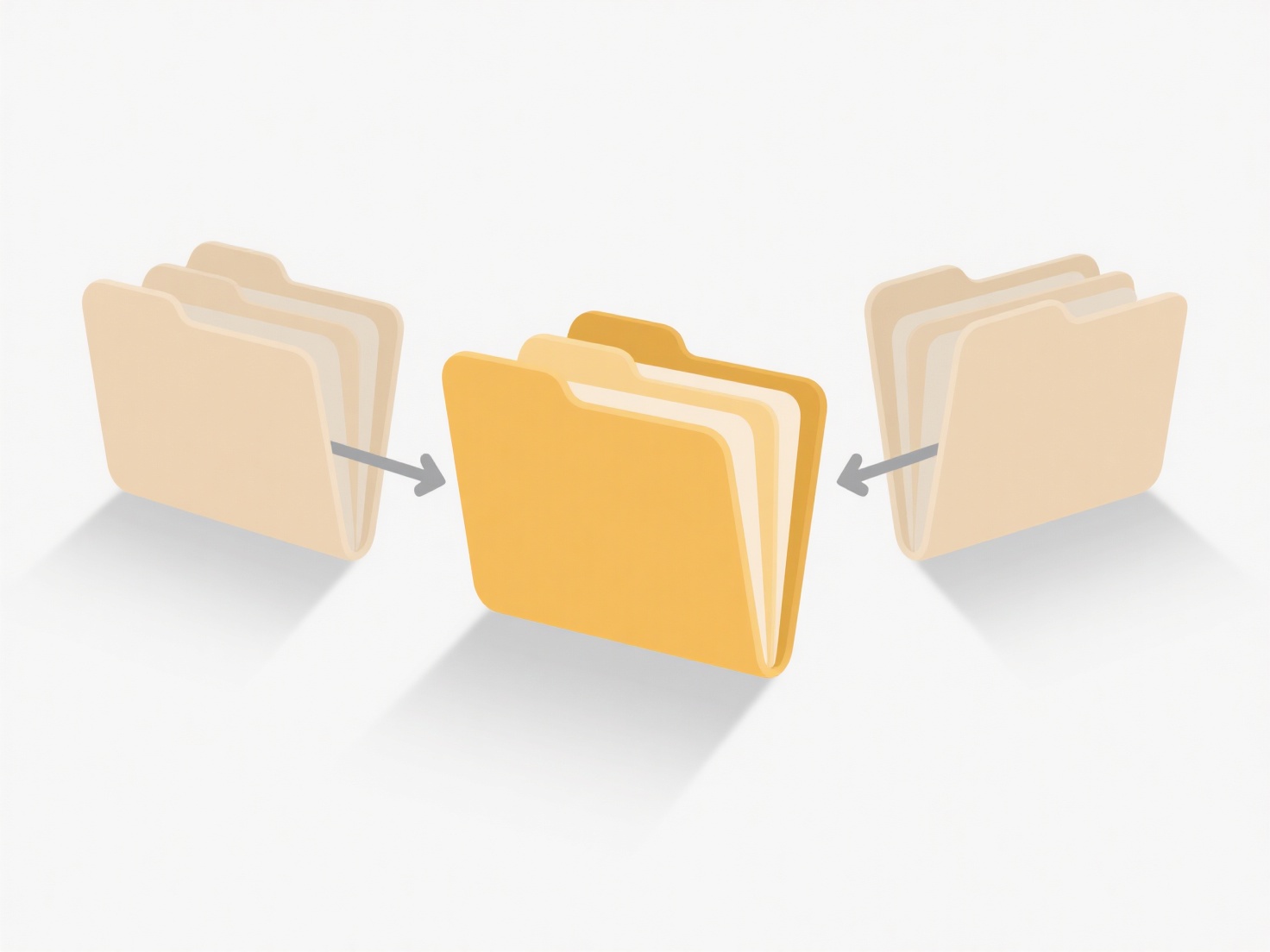
Renaming lecture notes involves applying a more structured, consistent naming convention to files downloaded from online learning platforms (like Coursera, edX, or university portals). Instead of keeping generic, uninformative names like "lecture1.pdf" or a random string, you deliberately choose a format that includes key details like course name, week/module number, lecture topic, and date for easier organization and retrieval later. This is a manual or automated process distinct from the platform's default download naming.
A common practical example is manually right-clicking files individually and typing names like "IntroToPython_Week3_OOP_Notes.pdf". For courses with dozens of files, bulk renaming tools like Built-in OS utilities (e.g., PowerRename in Windows), free software (Bulk Rename Utility), or script-based solutions (Python scripts) become essential to apply patterns like "CourseName_Wk#_Topic_Notes.ext" to all files at once, saving significant time for students and professionals.

Consistent renaming drastically improves file searchability and organization, especially when revisiting materials months later. However, manual renaming large batches can be tedious, and defining the best naming convention requires upfront thought. Automated tools solve the tedium but involve a learning curve. Ethical considerations are minimal beyond respecting original file authorship credits. Future tools might integrate AI suggestions based on course content. This practice fosters personal knowledge management efficiency.
How do I rename lecture notes from online courses?
Renaming lecture notes involves applying a more structured, consistent naming convention to files downloaded from online learning platforms (like Coursera, edX, or university portals). Instead of keeping generic, uninformative names like "lecture1.pdf" or a random string, you deliberately choose a format that includes key details like course name, week/module number, lecture topic, and date for easier organization and retrieval later. This is a manual or automated process distinct from the platform's default download naming.
A common practical example is manually right-clicking files individually and typing names like "IntroToPython_Week3_OOP_Notes.pdf". For courses with dozens of files, bulk renaming tools like Built-in OS utilities (e.g., PowerRename in Windows), free software (Bulk Rename Utility), or script-based solutions (Python scripts) become essential to apply patterns like "CourseName_Wk#_Topic_Notes.ext" to all files at once, saving significant time for students and professionals.

Consistent renaming drastically improves file searchability and organization, especially when revisiting materials months later. However, manual renaming large batches can be tedious, and defining the best naming convention requires upfront thought. Automated tools solve the tedium but involve a learning curve. Ethical considerations are minimal beyond respecting original file authorship credits. Future tools might integrate AI suggestions based on course content. This practice fosters personal knowledge management efficiency.
Quick Article Links
What happens if I rename a file while it’s open in another program?
When you attempt to rename a file that's currently opened by another program, the behavior depends primarily on the oper...
Can I include version numbers in file names?
Including version numbers in file names is a practical approach to tracking document revisions directly through naming c...
What should I avoid when organizing files?
Organizing files effectively avoids common pitfalls like inconsistent naming, unclear structures, and mixing unrelated c...